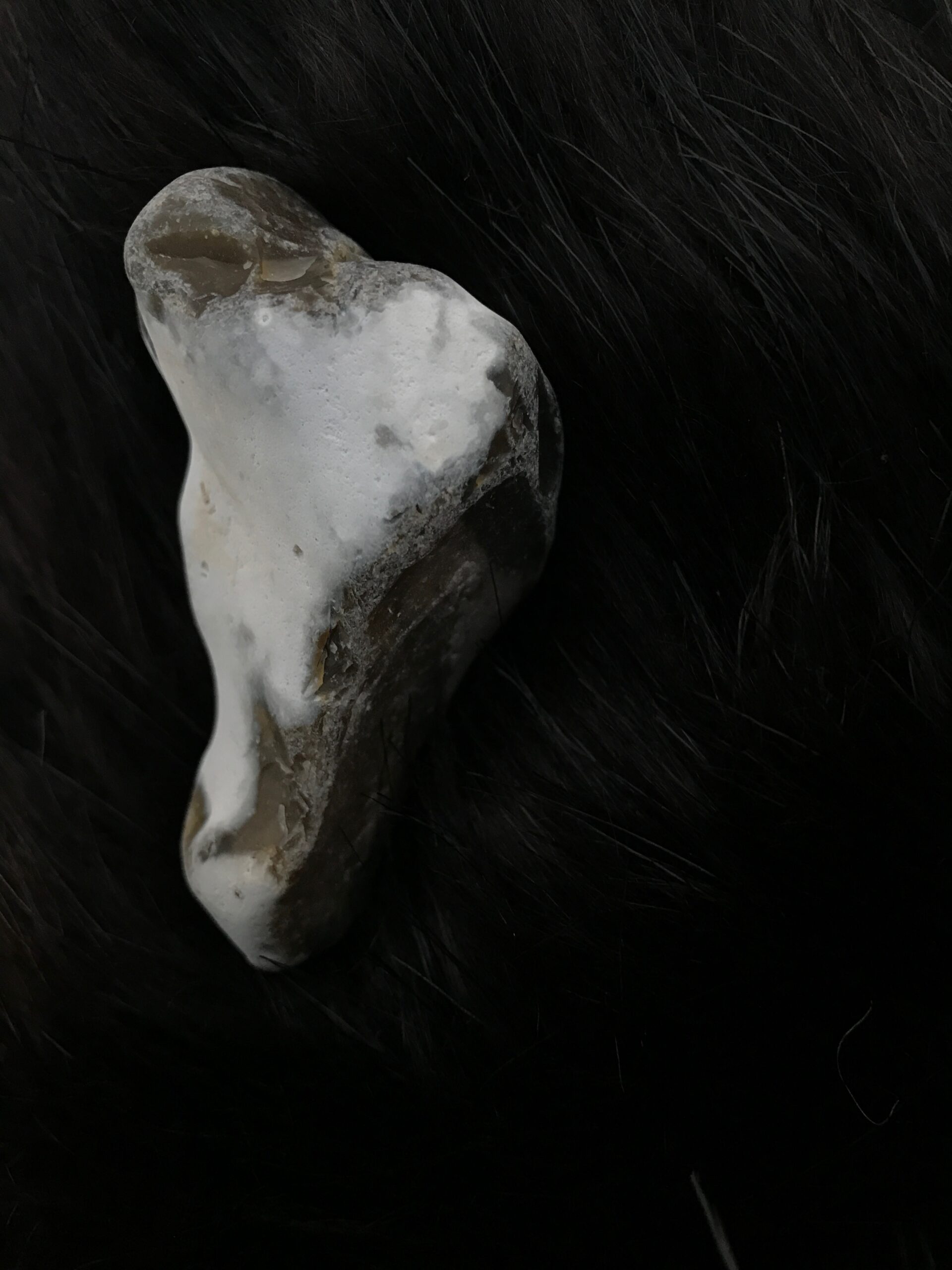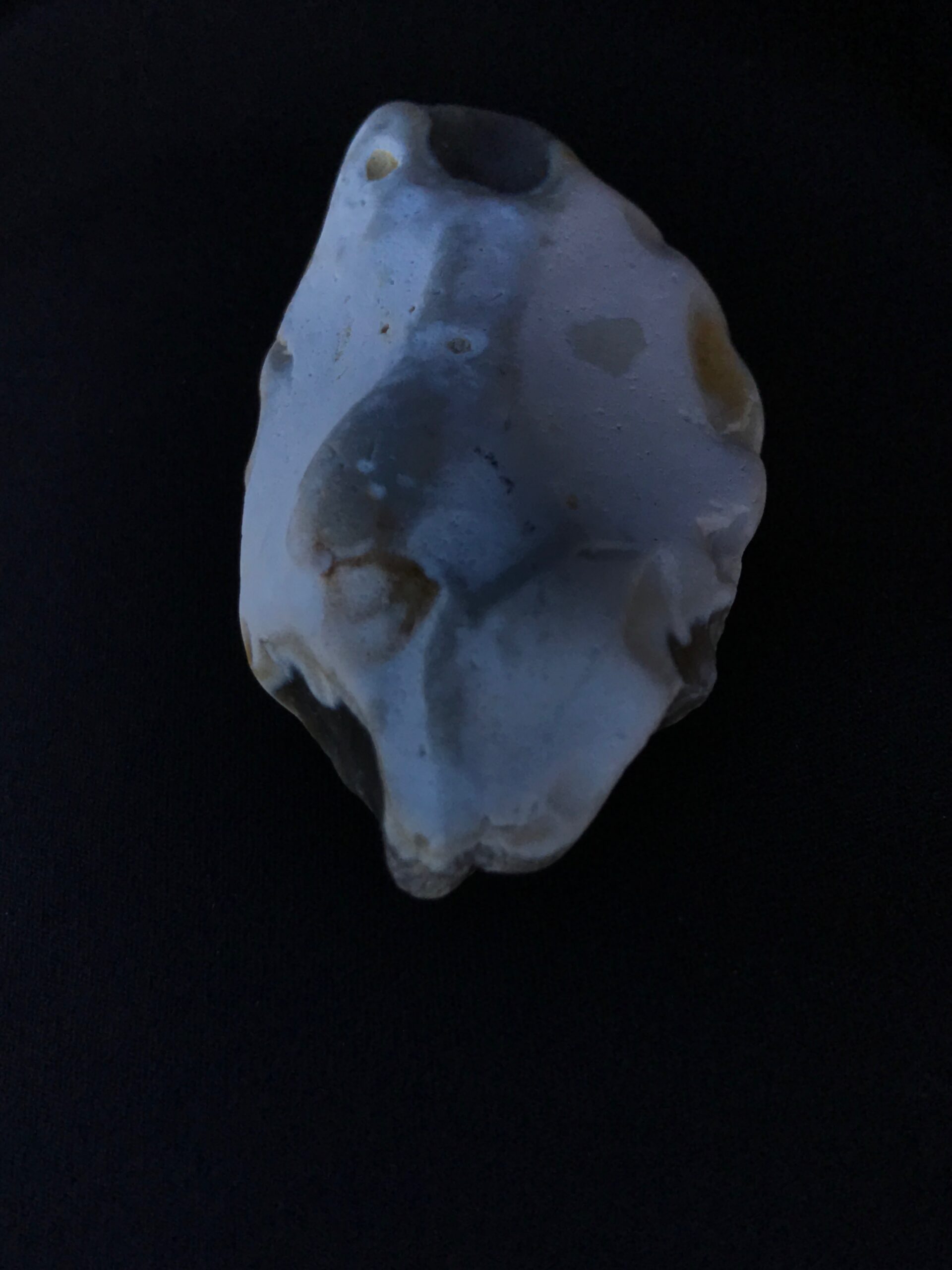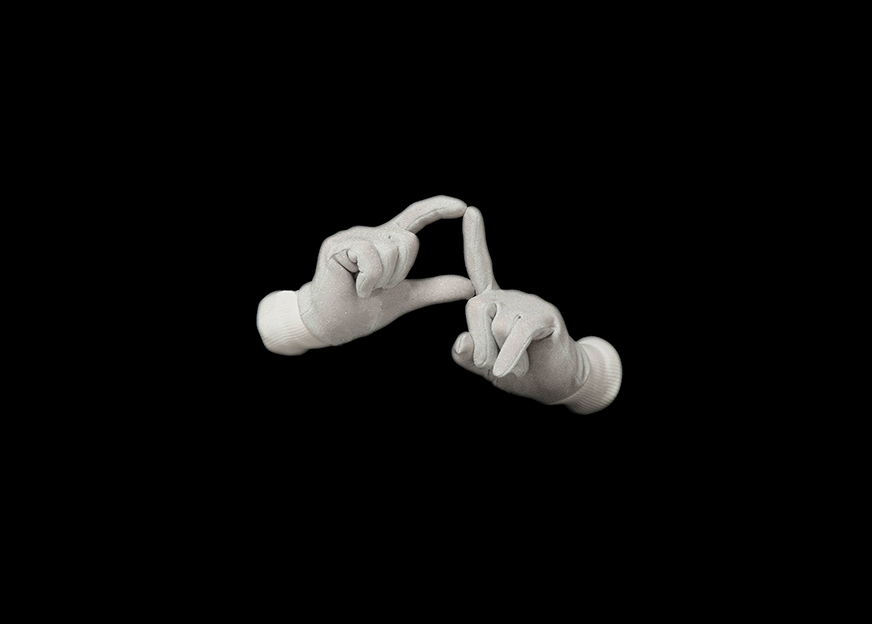Flint
Flint nodules are trace fossils; positive casts of negative spaces once filled with organic life. Asteroids on the beach.
iPhone photographs by Sarah Gillett
Taken on my lap on beaches in summer and winter (2015-ongoing)


Flint is...
a sedimentary cryptocrystalline form of the mineral quartz, categorised as a variety of chert
a hard stone, a form of silica resembling chalcedony but more opaque, less pure, less lustrous
(as nodules and masses) chiefly occurs in chalks and limestones, often found along streams and beaches
a stone knapped into flakes or blades by a hammerstone (lithic reduction)
(a piece of) shiny grey or black stone that is like glass
(as a thin, sharp splinter) core material for cutting tools and implements in prehistoric cultures
a massive hard dark quartz that produces a spark when struck by steel
a chunk of this, used as a primitive weapon
a piece of this, especially as used for striking fire
a small cylinder of metal, usually an alloy (as of iron and cerium) used to ignite the fuel in a cigarette lighter
(as an adjective: flinty) something very hard or unyielding
Flint
Flint nodules are positive casts of negative spaces, once filled with organic life. They are trace fossils. During the Cambrian period of Earth’s geological history (541- 485.4 million years ago) sponges bloomed across the planet’s oceans. Crustaceans and molluscs bored into the seabed, creating burrows in the sediment. During their long life span (500–1,000 years) the sponges’ siliceous structures grew denser into overlapping layers of elaborate geometric forms known as spicules. As these organisms eventually perished, they dissolved into a gelatinous material, filling cavities and eventually hardening into silica. This explains the complex shapes of flint nodules that are found.
Certain types of flint, such as that from the south coast of England, contain trapped fossilised marine flora. Pieces of coral and vegetation have been found preserved inside the flint similar to insects and plant parts within amber. Thin slices of the stone often reveal this effect. Thinking laterally, the parallel derivation with the word plinth is interesting in this context, if we allow a reading of flint as a heavy stone base that holds up something to be examined.
The Swedish etymology of flint is a clipping of flintskalle, meaning ‘a bald head’.
Vilken flint han har fått!
My God, he has gone bald!
This is the reason my flint photographs are asteroids, not comets. The word comet is from late Old English, from Latin cometa, from Greek komētēs ‘long-haired (star)’, from komē ‘hair’.
I think you might like...

Radar Beach
Joseph reaches down and picks up a shell. He hands it to the boy, who is dragging a red plastic bucket across the sand. “Here. What about this one?”
Bill assesses the offering intently. “No Daddy,” he says firmly, “It’s broken here, see.”


Logic Unfolding Across A Colourless Void
It is late when I see you moving into the flat above the pub opposite. Must be past 11, because I hear the doors swinging open, hot blue noise gulping for air.

Wetware, Rattle And Heddle
“And this is the sign for asleep,” says Alison, closing her index fingers and thumbs together in front of her eyes. “Go to sleep now my darling.”
She smooths out the duvet cover with her hands, uncreasing the printed astronaut suit, flattening the stars in their cotton void, repositioning the blue Earth from sliding off the side of the bed. She kisses Bill’s hair, feeling his fragile skull millimetres away from her lips. “Night night.”
“Night night Mummy,” he says.